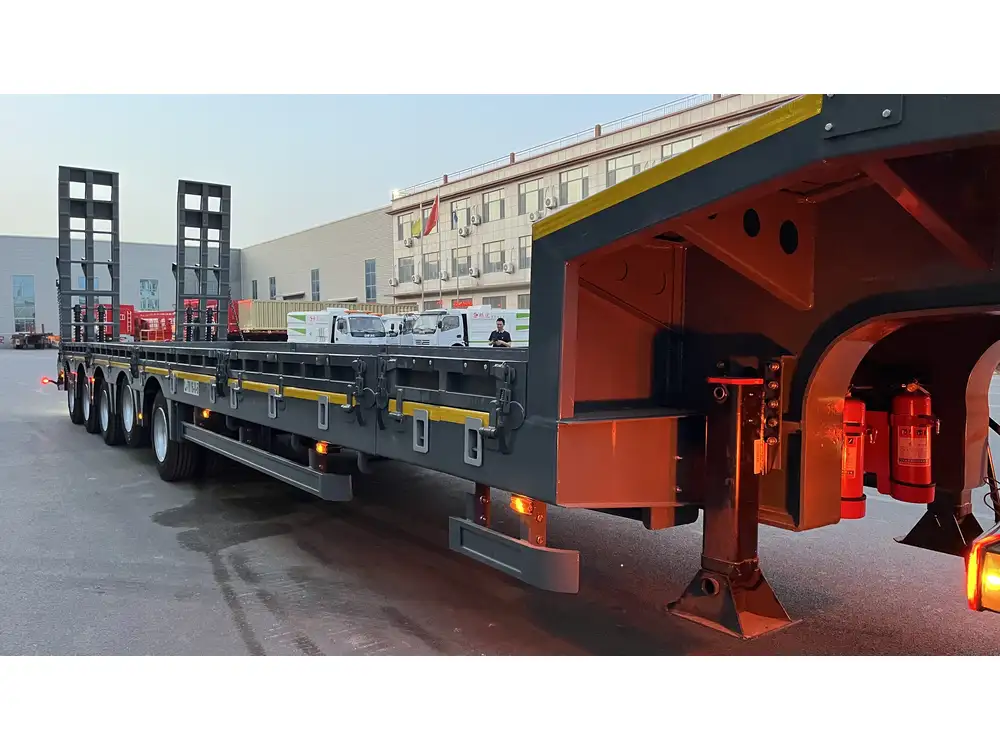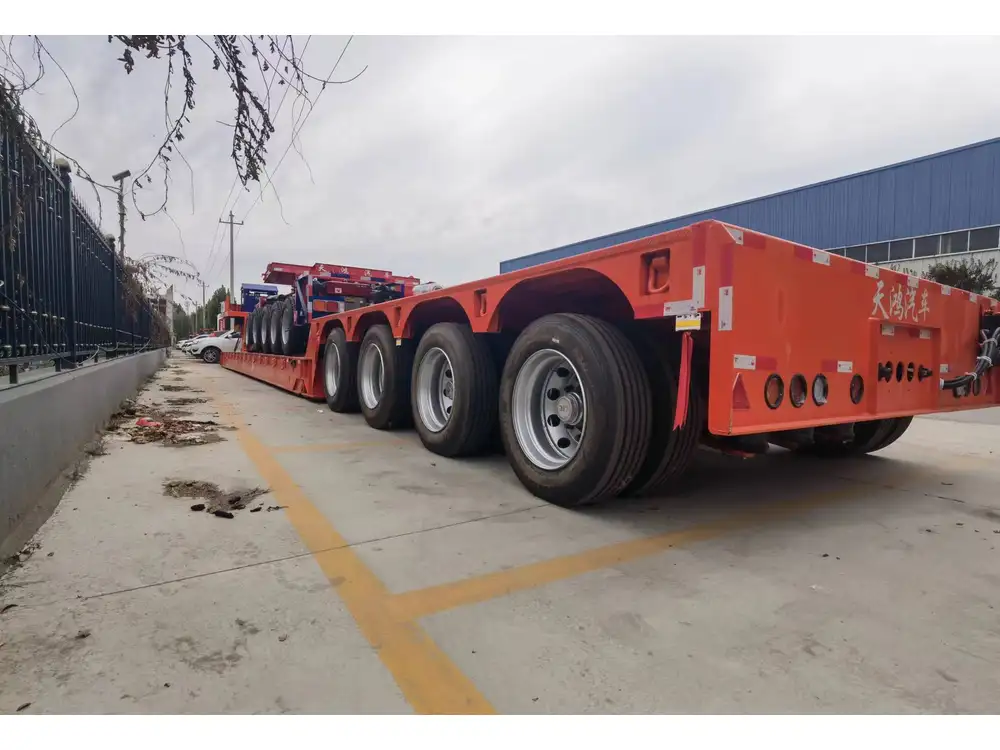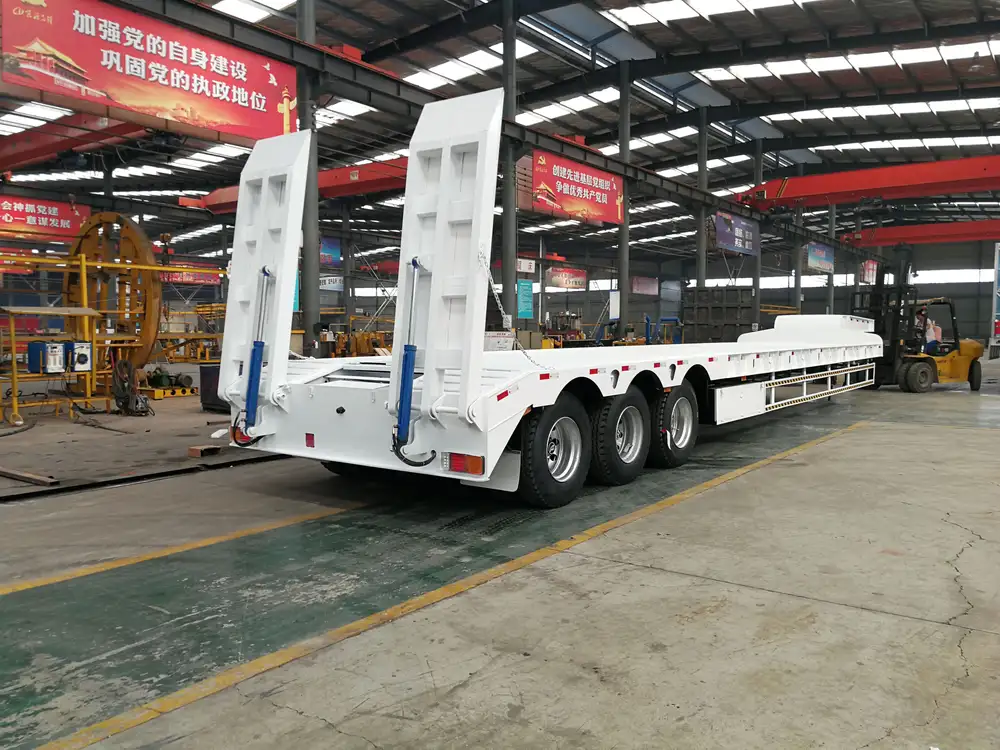Cleaning the water tank on a camper trailer is an essential maintenance task that ensures the water supply remains safe and fresh for drinking, cooking, and cleaning during your travels. Let’s delve into the step-by-step process of cleaning your camper trailer’s water tank while addressing common issues, best practices, and frequently asked questions.
Why Cleaning Your Water Tank Matters
Maintaining a clean water tank is pivotal for various reasons:
- Health Benefits: Bacteria and algae can thrive in stagnant water, leading to health risks if consumed.
- Taste Improvement: Contaminated or neglected tanks can produce off-flavors, affecting the water quality.
- System Longevity: Regular maintenance prevents the build-up of sediments and deposits that can clog your plumbing system.
What You Will Need
Before jumping into the cleaning process, gather the following materials:
| Item | Purpose |
|---|---|
| Freshwater | Necessary for rinsing and cleaning |
| White vinegar | Effective natural cleaner and disinfectant |
| Baking soda | Helps eliminate odors and residues |
| Soft-bristle brush | For scrubbing tank surfaces |
| Clean cloth or sponge | To wipe surfaces clean |
| Water pump or siphon hose | To drain the tank |
| Protective gloves | To keep hands safe during cleaning |

Step-by-Step Guide to Cleaning Your Water Tank
Step 1: Drain the Water Tank
Start by disconnecting the camper trailer from any external water supply. Locate the drain valve, usually at the bottom of the tank, and open it. Allow all the water to flow out completely. This process may take some time, depending on the size of your tank.
- Use a siphon or pump to ensure the tank is thoroughly emptied.
- Check for debris at the tank’s bottom as the water drains.
Step 2: Inspect the Tank
Once drained, conduct a visual inspection of the tank. Look for:
- Discolorations: These may indicate algae growth or sediment buildup.
- Cracks and Leaks: Minor cracks can quickly turn into significant leaks if not addressed.
- Odors: A foul smell often implies bacterial growth.

Step 3: Prepare the Cleaning Solution
Mix your cleaning solution using these ratios:
- 1 part white vinegar to 3 parts water.
- Alternatively, mix 1 cup of baking soda with 1 gallon of water for a powerful cleaner.
Both options serve to eliminate residue, odors, and bacterial presence effectively.
Step 4: Clean the Interior Surfaces
For Tanks with Access Ports
- Using a soft-bristle brush, scrub the inner surfaces thoroughly, paying close attention to corners and crevices.
- If possible, insert your cleaning solution through the access port, allowing it to soak for at least 30 minutes.

For Tanks Without Access Ports
- Pour the cleaning solution directly into the tank via the fill valve.
- Use a water pump or your siphon hose to circulate the solution within the tank and around the inner walls.
Step 5: Rinse the Tank
After scrubbing, it’s time to rinse out the cleaning solution:
- Fill the tank with fresh water again to the top.
- Drain the tank completely, repeating this process 2-3 times to ensure no cleaning solution remains.
- Check for residue and odors as you rinse.
Preventative Maintenance Tips
To maintain a clean and safe water tank, incorporate these routines into your maintenance schedule:
- Regular Cleaning: Clean your tank at least every 6 months or after a long trip.
- Water Quality: Use clean, drinkable water for your tank. Avoid filling up from questionable sources.
- Chemical Additives: Consider using a tank sanitizer designed for RVs and camper trailers if you frequently notice odors or residues.
- Visual Inspections: Regularly inspect the tank for any signs of leakage, damage, or sludge buildup.

Frequency of Cleaning
| Condition | Recommended Cleaning Frequency |
|---|---|
| Light Use (weekends, occasional trips) | Every 6 months |
| Frequent Use (long-term traveling) | Every 3 months or after each trip |
| If water changes color or odor | Immediately upon noticing |
Frequently Asked Questions
How do I know when my tank needs cleaning?
Look out for any unusual smells, changes in color, or particles in the water. Lingering doubts? A taste test should signal when your tank requires attention.

Can I use bleach to clean my tank?
Bleach is often discouraged as it may be difficult to fully rinse out and can leave harmful residues. Vinegar and baking soda are environmentally friendly and safe alternatives.
Is it safe to drink water from an old tank?
If the tank hasn’t been maintained properly, it’s best to avoid drinking water from it until a thorough cleaning has been performed. Follow the cleaning steps outlined to ensure safety.
What if my water tank has a severe buildup of algae or sediment?
In cases of severe buildup, consider using a stronger cleaning solution or consulting a professional service that specializes in camper maintenance.

Conclusion
Keeping your camper’s water tank clean isn’t just a good practice—it’s vital for your health and the longevity of your vehicle. Regular inspections, effective cleaning practices, and being proactive about maintenance can make all the difference in your camping experience. Armed with this comprehensive guide, you’re now equipped to tackle one of the essential aspects of camper maintenance, ensuring that every drop of water aboard your trailer remains pure and refreshing!
By implementing these steps and tips, you not only enhance your own camper experience but also provide peace of mind for anyone who joins you on your adventures. Happy travels!



